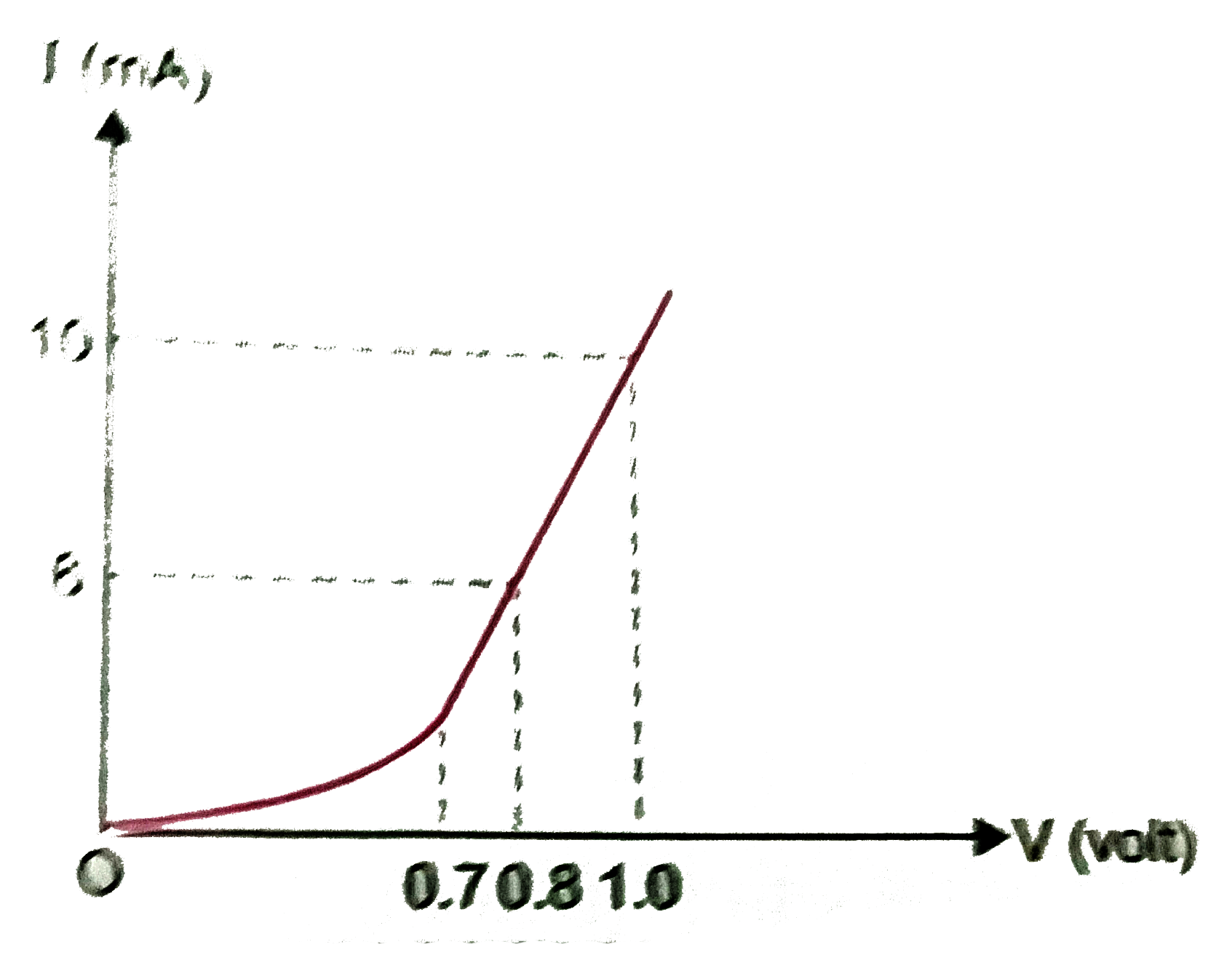Three wires of copper, iron and nickel are joined to form three junctions as shown in Fig. When the temperature of junction 1 is kept 50∘C with the other two junctions at 0∘C , the sensitive galvanometer gives a deflection of 14 divisions. When the temperature of junction 3 is kept , 50∘C with the other two junctions at , 0∘C the galvanometer gives a deflection of 11 divisions. Then the deflection given by the galvanometer, when temperature of the junction 2 is kept at , 50∘C with the other two junctions at , 0∘C will be

3 div
11 div
14 div
25 div
The correct Answer is:D
Step by step video, text & image solution for Three wires of copper, iron and nickel are joined to form three junctions as shown in Fig. When the temperature of junction 1 is kept 50^(@)C with the other two junctions at 0^(@)C , the sensitive galvanometer gives a deflection of 14 divisions. When the temperature of junction 3 is kept , 50^(@)C with the other two junctions at , 0^(@)C the galvanometer gives a deflection of 11 divisions. Then the deflection given by the galvanometer, when temperature of the junction 2 is kept at , 50^(@)C with the other two junctions at , 0^(@)C will be by Physics experts to help you in doubts & scoring excellent marks in Class 12 exams.
Topper's Solved these Questions
- BOOK - ERRORLESS CHAPTER - HEATING AND CHEMICAL EFFECT OF CURRENTEXERCISE - Heating Effect of Current2videos
HEATING AND CHEMICAL EFFECT OF CURRENT
- BOOK - ERRORLESS CHAPTER - HEATING AND CHEMICAL EFFECT OF CURRENTEXERCISE - Chemical Effect Current1videos
HEATING AND CHEMICAL EFFECT OF CURRENT
- BOOK - ERRORLESS CHAPTER - ELECTROSTATICS EXERCISE - Ordinary Thinking Objective Questions (Electric Flux and Gauss.s Law)28videos
ELECTROSTATICS
- BOOK - ERRORLESS CHAPTER - KINETIC THEORY OF GASESEXERCISE - QUESTIONS126videos
KINETIC THEORY OF GASES
Similar Questions
In a given thermocouple , the temperature of cold junction is 10∘ C , while the temperature of inversion is 510∘ C. What will be the neutral temperature?
View SolutionIn a thermocouple the temperature of cold junction is 20∘C , while the temperature of inversion is 520∘C. At what temperature is the thermo emf maximum?
View Solution
Knowledge Check
- Question 1 - Select One
As the temperature of hot junction increases, the thermoemf
Aalways increasesBalways decreasesCmay increase or decreaseDalways remains constant - Question 2 - Select One
For a thermocouple the neutral temperature is 270∘C when its cold junction is at 20∘C . What will be the neutral temperature and the temperature of inversion when the temperature of cold junction is increased to 40∘C
A290∘C,580∘CB270∘C,580∘CC270∘C,500∘CD290∘C,540∘C - Question 3 - Select One
For a thermocouple, the neutral temperature is 270∘C and the temperature of its cold junction is 20∘C . If there is no deflection in the galvanometer, the temperature of the hot junction should be
A210∘CB540∘CC520∘CD209∘C
In a copper-iron thermocouple , the temperature of cold junction is 20∘ C and the neutral temperature is 280∘C . Find the temperature of inversion.
View SolutionThe neutral temperature of a thermocouple is 350∘C when the cold junction is at . 0∘C When the cold junction is immersed in a bath of 30∘C, the inversion temperature is
View SolutionThe temperature of the cold junction of thermo-couple is 0∘C and the temperature of hot junction is T∘C . The e.m.f . is E=16T−0.04T2μ volts. The temperature of inversion is
View SolutionThe forward characteristic of p-n junction is shown in Fig.What is the dynamical resistance of p-n junction at 0.9V?
 View Solution
View SolutionIf the cold junction of thermocouple is kept at 0∘C and the hot junction is kept at T∘C, then the relation between neutral temperature (Tn) and temperature of inversion (Ti) is
View Solution

